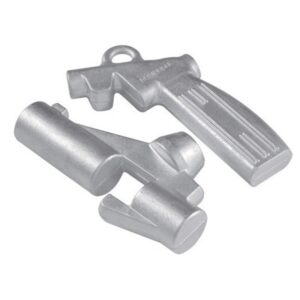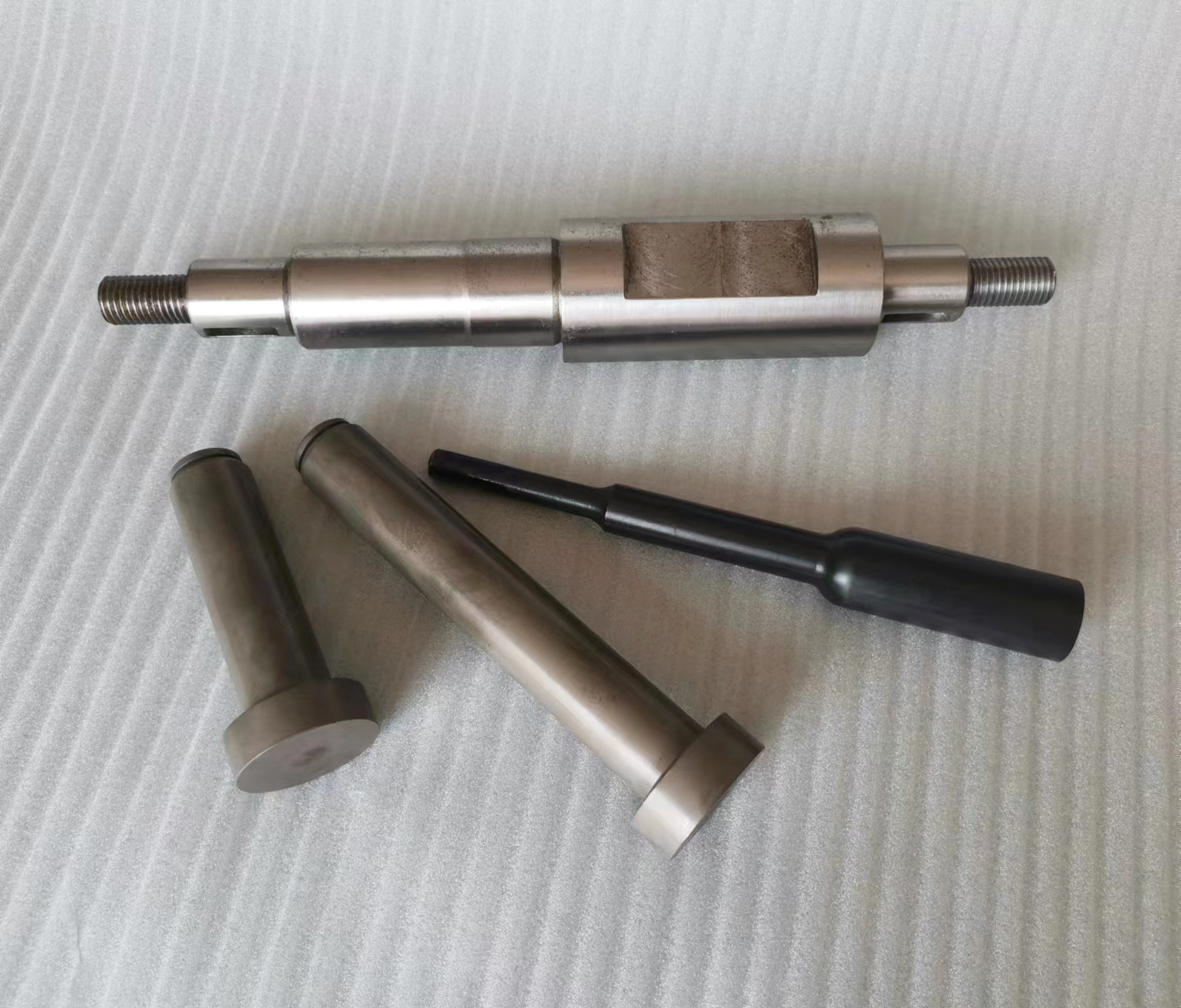
Here’s a comprehensive overview of metal hardness testing:
Metal Hardness Testing: Methods and Principles
Hardness testing is a fundamental mechanical property assessment for metals, indicating resistance to permanent deformation (plastic), scratching, abrasion, or penetration. It’s crucial for quality control, material selection, heat treatment verification, and predicting wear resistance.
Key Methods:
Rockwell Hardness Testing (ASTM E18):
Principle: Measures depth of penetration under two loads (minor preload + major load) using different indenters (diamond cone/Brale for hard metals, hardened steel ball for softer metals).
Scale: Defined by indenter type and major load (e.g., HRC – Rockwell C: diamond cone, 150 kgf; HRB – Rockwell B: 1/16″ ball, 100 kgf). Higher number = harder.
Pros: Fast, direct readout, minimal surface prep, wide scale range, suitable for production environments.
Cons: Less accurate on very thin samples or curved surfaces. Surface finish matters more than Brinell/Vickers.
Brinell Hardness Testing (ASTM E10):
Principle: Measures diameter of an impression made by forcing a hardened steel or carbide ball (typically 10mm) under a large load (500-3000 kgf) for 10-30 seconds.
Calculation: HBW = Applied Load (kgf) / Surface Area of Impression (mm²). Reported as “HBW 10/3000/15” (Ball size 10mm, Load 3000kgf, Dwell 15s).
Pros: Averages inhomogeneities (good for castings/forgings), less sensitive to surface finish than Rockwell, well-established correlation to tensile strength.
Cons: Large permanent indentation (destructive), slower than Rockwell, not suitable for very hard/thin/small parts.
Vickers Hardness Testing (ASTM E92, E384) & Knoop Hardness Testing (ASTM E384):
Principle (Vickers): Measures diagonal lengths of a square-based pyramidal diamond indenter impression under load (1gf – 100kgf). HV = Constant * (Load / Diagonal²).
Principle (Knoop): Uses an elongated pyramidal diamond indenter. Measures only the long diagonal. Better for very brittle materials or thin layers.
Pros:
Single continuous scale for all metals (from soft to ultra-hard).
Highly accurate and reproducible.
Small indentation size (microhardness testing possible with low loads).
Ideal for thin sections, surface layers, small parts, and research.
Cons: Slower process (requires precise optical measurement), requires good surface preparation (polishing), operator skill dependent.
Microhardness Testing (Vickers/Knoop):
Uses very low loads (typically < 1kgf, down to 10gf).
Essential for testing thin coatings, individual phases in microstructures, small features, heat-affected zones, and brittle materials.
Requires highly polished surfaces and specialized microscopes.
Important Considerations:
Correlation to Strength: Hardness values often correlate well with tensile strength (especially for steels), providing a quick non-destructive estimate. Empirical formulas exist (e.g., UTS ≈ 3.45 * HB for steels).
Not a Fundamental Property: Hardness is a comparative measure dependent on the specific test method and conditions.
Test Selection Factors:
Material type & expected hardness range
Part size, thickness, and geometry
Surface condition/finish
Required accuracy & reproducibility
Destructiveness tolerance
Production speed needs
Applicable specifications/standards
Surface Preparation: Critical for accuracy, especially in Rockwell (clean, flat) and Vickers/Knoop (polished). Brinell is more tolerant.
Standards: ASTM International (ASTM), ISO, and DIN provide detailed procedures for each test (e.g., ASTM E18 for Rockwell, ISO 6506 for Brinell, ASTM E384 for Vickers/Knoop micro).
Indenter Geometry & Load: The core difference between methods. Rockwell measures depth, Brinell/Vickers/Knoop measure impression size.
Why Test Hardness?
Quality Control: Ensure material meets specifications post-manufacturing or heat treatment.
Material Verification: Confirm correct alloy or heat treatment condition.
Predict Performance: Estimate wear resistance, machinability, and formability.
Research & Development: Evaluate new alloys, processes, or surface treatments.
Failure Analysis: Investigate reasons for component failure.
Choosing the appropriate hardness test method depends on balancing accuracy requirements, material characteristics, part geometry, and practical constraints like testing speed and cost. Rockwell excels in production QC, Brinell for rough/homogeneous parts, and Vickers/Knoop for precision, research, and microstructural analysis.





